EMDR for trauma processing
Eye Movement Desensitisation Reprocessing (EMDR) is a powerful tool that works with unprocessed traumatic memory.
Memory networks consists of different components: thoughts, images, emotions, sensations and beliefs. Trauma symptoms occur when aspects of unprocessed traumatic memory remain active in your brain; either in conscious or unconscious awareness. EMDR can help you access important information in the brain, remove memory blocks and complete memory networks, so that healing can take place.
EMDR is endorsed by many international bodies
Australian Centre for Post-traumatic Mental Health
The International Society for Traumatic Stress Studies
National Health and Medical Research Council
American Psychiatric Association
US Department of Veterans Affairs
Israel National Council for Mental Health
Clinical Division of the American Psychological Association
EMDR for Strengthening Positive Experiences
EMDR can also be used to strengthen positive experiences, resources and beliefs, such as intimacy, assertiveness or self worth. By moving the eyes in particular directions and accessing different parts of the brain, you will access all sorts of new information, ideas, images, self beliefs, memories; things that previously lay outside of your conscious awareness, unknown and untapped.
EMDR helps deepen and integrate experiences in the body. In doing this it establishes positive neural patterning and brain plasticity to enable the creation of adaptive responses and desired experiences and beliefs.

